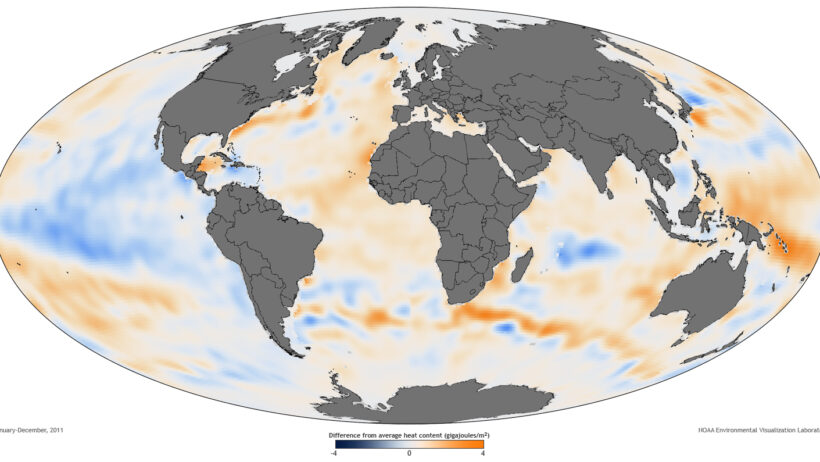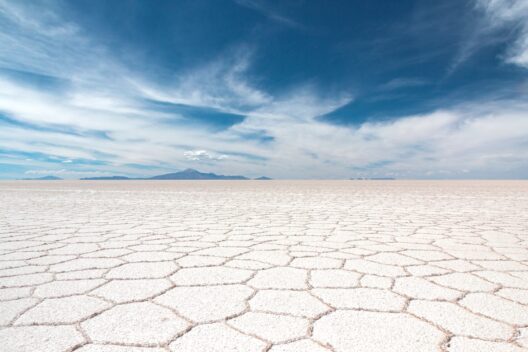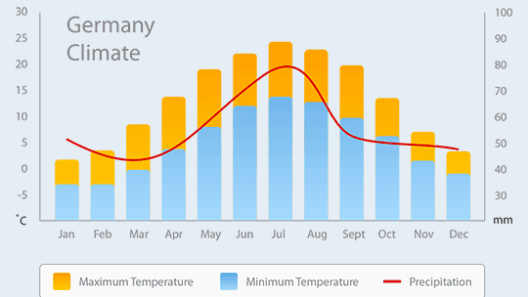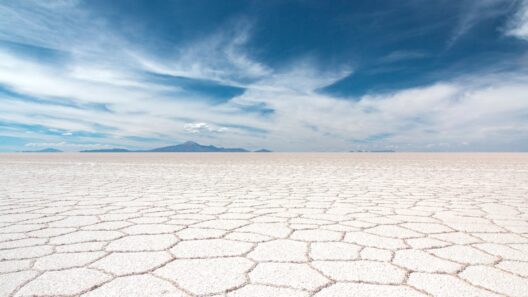Oceans, often regarded as the blue heart of our planet, play an integral role in shaping the climate we experience on land. Understanding the climate of the ocean involves delving into its vastness, recognizing its influence on weather patterns, and appreciating how it governs not just marine life but also terrestrial ecosystems. The dynamic interactions between the atmosphere and the ocean create a complex tapestry of climate phenomena, one that demands our attention as we face the ramifications of climate change.
The ocean’s climate is characterized by its temperature, salinity, and currents, factors that interplay to influence regional climates. The ocean covers about 71 percent of Earth’s surface and holds approximately 97 percent of its water. This immense body of water acts as a massive heat reservoir, absorbing solar energy and redistributing it around the globe. It is the quintessential heat sink, moderating temperatures and exerting a stabilizing effect on weather systems. Unlike land, which heats up and cools down quickly, the ocean’s thermal inertia allows for a more gradual transition of warmth, resulting in milder climates along coastal regions.
However, the ocean is not merely a passive participant; it actively participates in the global climate system. When we speak of ocean climate, we must consider phenomena such as El Niño and La Niña. These oscillations in sea surface temperatures in the Pacific Ocean produce significant shifts in weather patterns. During an El Niño event, warmer ocean waters yield altered rainfall patterns, often causing droughts in some areas and flooding in others. Conversely, La Niña tends to cool the ocean’s surface, typically resulting in opposite climatic consequences, thus illustrating the ocean’s profound influence on global climatic balance.
The ocean’s currents are another fascinating element, acting like a conveyor belt for heat distribution. The Gulf Stream, for instance, transports warm water from the tropics to the North Atlantic, profoundly affecting the climate of regions such as Western Europe. This thermohaline circulation, driven by differences in water temperature and salinity, not only contributes to regional climate variations but also impacts marine biodiversity. Changes in ocean currents can signal shifts in climate trends and underscore the cascading effects of climate change.
The salinity of ocean water also has critical implications for its climate. As glaciers and ice caps melt—alarming indicators of climate change—they contribute freshwater to the ocean. This influx can disrupt the delicate balance of salinity and temperature that governs ocean circulation. Such alterations do not merely create challenges for marine ecosystems but also pose significant threats to global weather systems. The interrelationship between freshwater input and oceanic salinity highlights the interconnectedness of various climate systems.
A particularly compelling aspect of the ocean’s climate is its impact on carbon cycling. Oceans are integral to sequestering carbon dioxide from the atmosphere, absorbing nearly a quarter of the CO2 emitted by human activities. Through processes involving phytoplankton, these tiny marine organisms convert carbon into organic matter, supporting a rich tapestry of marine life. This natural mechanism does not shield us from climate change but illustrates how vital the ocean is in regulating atmospheric conditions. Protecting ocean health is therefore synonymous with preserving Earth’s climate stability.
As stewards of this blue heart, we face the monumental challenge of addressing climate change. The warming of the oceans is perhaps one of the most insidious indicators of climate disruption. Elevated ocean temperatures contribute to coral bleaching, a phenomenon that endangers coral reefs—the rainforests of the sea. These ecosystems are not only biodiverse but also act as natural barriers against coastal erosion and flooding. The demise of coral reefs signifies a loss of habitat and food security for countless marine species, as well as diminished coastal protection for human communities.
Moreover, ocean acidification, another consequence of increased carbon dioxide absorption, presents dire challenges for marine life. The chemical alteration of seawater inhibits the ability of shellfish and coral to form calcium carbonate structures. These impacts cascade through the food web, threatening the livelihoods of human populations dependent on marine resources. The equation is simple yet profound: healthy oceans lead to resilient ecosystems that can withstand climatic changes.
Furthermore, as climate change intensifies, sea level rise emerges as a paramount concern. Melting ice sheets from Greenland and Antarctica, coupled with the thermal expansion of water, result in surging sea levels that encroach upon coastal communities. The repercussions are multifold: lost habitats, displaced populations, and strained resources, as entire regions grapple with the consequences of an unconstrained ocean. This metaphorical rising tide not only highlights the urgency of mitigating climate change but serves as a clarion call for adaptive strategies to safeguard vulnerable populations.
In conclusion, the climate of the ocean is a multifaceted and vital component of Earth’s overall climate system. Understanding its complexity fosters a deeper appreciation for the intricate webs of life that exist within it. As we confront the realities of climate change, recognizing the ocean’s role in maintaining climatic balance becomes paramount. Protecting these blue expanses is not merely an act of environmental stewardship but a commitment to the future of our planet and all its inhabitants. The ocean, as Earth’s resilient blue heart, deserves our unwavering attention and protection in the face of climate adversity.








